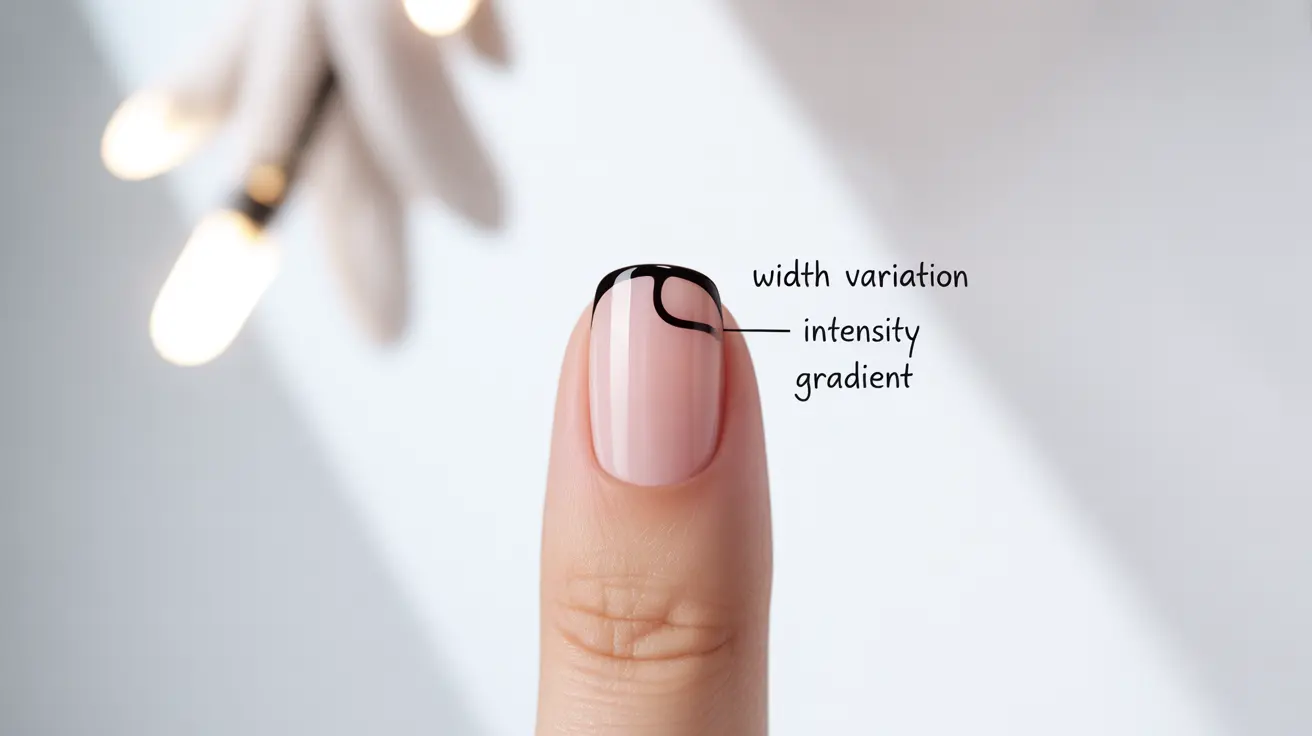Discovering a black line on your nail can be concerning, but understanding its potential causes and knowing when to seek medical attention is crucial. These dark streaks, medically known as melanonychia, can range from harmless pigmentation to more serious conditions that require immediate attention.
This comprehensive guide will help you understand the various causes of black lines on nails, identify warning signs, and determine when medical evaluation is necessary.
Understanding Black Lines on Nails
Black lines on nails, or longitudinal melanonychia, appear as dark streaks running from the base to the tip of the nail. These lines can vary in width, color intensity, and number, affecting either fingernails or toenails.
Common Benign Causes
Many black lines on nails are harmless and may result from:
- Ethnic pigmentation (more common in individuals with darker skin tones)
- Medication side effects
- Pregnancy-related hormonal changes
- Nail matrix moles
- Vitamin deficiencies
- Chronic inflammatory conditions
Signs and Symptoms to Monitor
While many black lines are benign, certain characteristics warrant closer attention:
Warning Signs
- Sudden appearance of a new line
- Changes in existing lines
- Irregular borders or varying colors
- Width greater than 3mm
- Dark color spreading into surrounding skin
- Single nail involvement (especially thumb, big toe, or index finger)
Trauma and Injury-Related Lines
Physical trauma to the nail can cause blood to collect beneath it, creating what appears to be a black line. These injuries, known as subungual hematomas, typically have distinctive characteristics:
- Appear shortly after injury
- May be painful initially
- Don't extend to the nail root
- Grow out with the nail
When to Seek Medical Attention
Certain situations require prompt medical evaluation:
- New lines appearing without apparent cause
- Changes in existing lines' appearance
- Personal or family history of melanoma
- Lines accompanied by nail damage or pain
- Dark pigmentation extending beyond the nail
Professional Evaluation and Diagnosis
Healthcare providers may use several methods to evaluate black lines on nails:
- Detailed medical history review
- Physical examination
- Dermoscopy (specialized skin examination)
- Nail biopsy (if melanoma is suspected)
Frequently Asked Questions
What are the common causes of a black line on the nail? Common causes include ethnic pigmentation, medication effects, trauma, vitamin deficiencies, and sometimes underlying health conditions. Most cases are benign, particularly in people with darker skin tones.
How can I tell if a black line on my nail is a sign of melanoma or a harmless condition? Warning signs of potential melanoma include irregular borders, changing appearance, width over 3mm, and dark pigmentation extending into surrounding skin. Benign lines typically have regular borders and consistent coloring.
When should I see a doctor about a new or changing black line on my nail? Seek medical attention if you notice a new line without obvious cause, changes in existing lines, personal or family history of melanoma, or if the line is accompanied by nail damage or pain.
Can trauma or injury cause black lines to appear on fingernails or toenails? Yes, trauma can cause subungual hematomas, which appear as dark lines or spots under the nail. These typically appear after an injury and grow out with the nail over time.
What are the different types of melanonychia and how do they affect the nails? Melanonychia can be categorized as longitudinal (streaks running from cuticle to tip), total (affecting the entire nail), or macular (spotted appearance). Each type can have different causes and implications for treatment.




